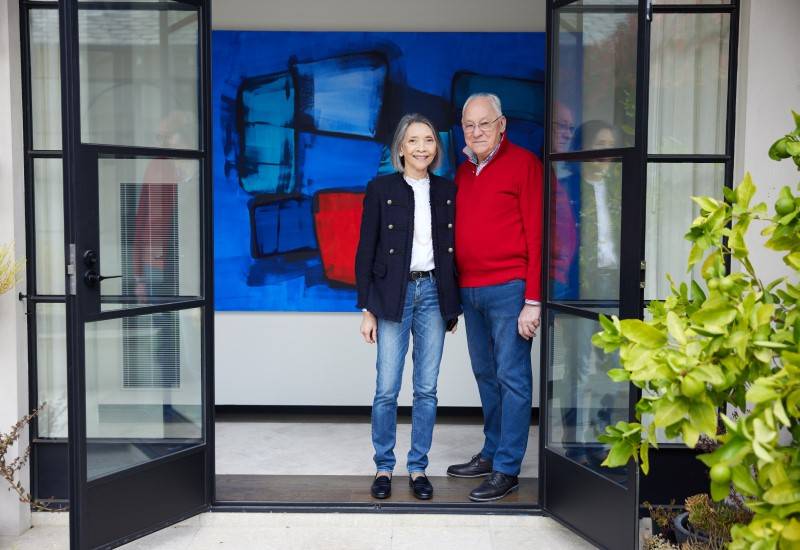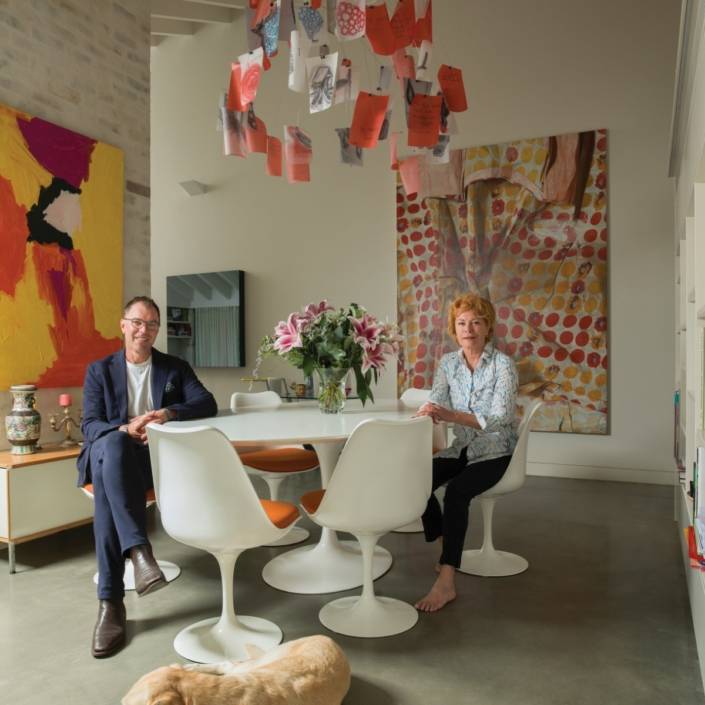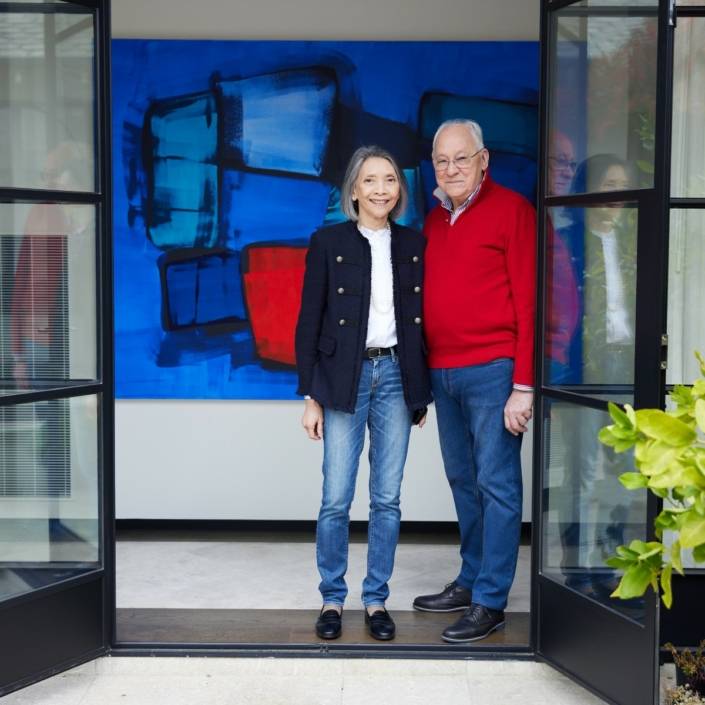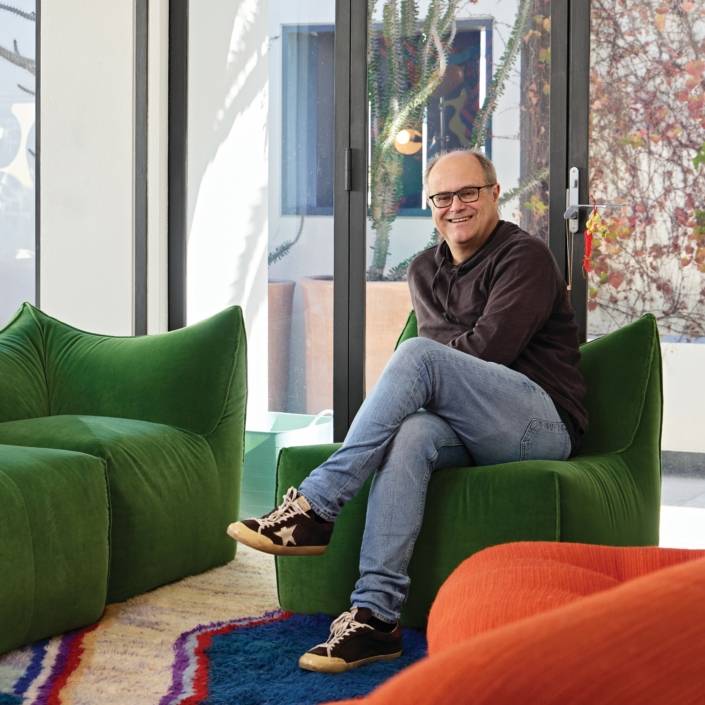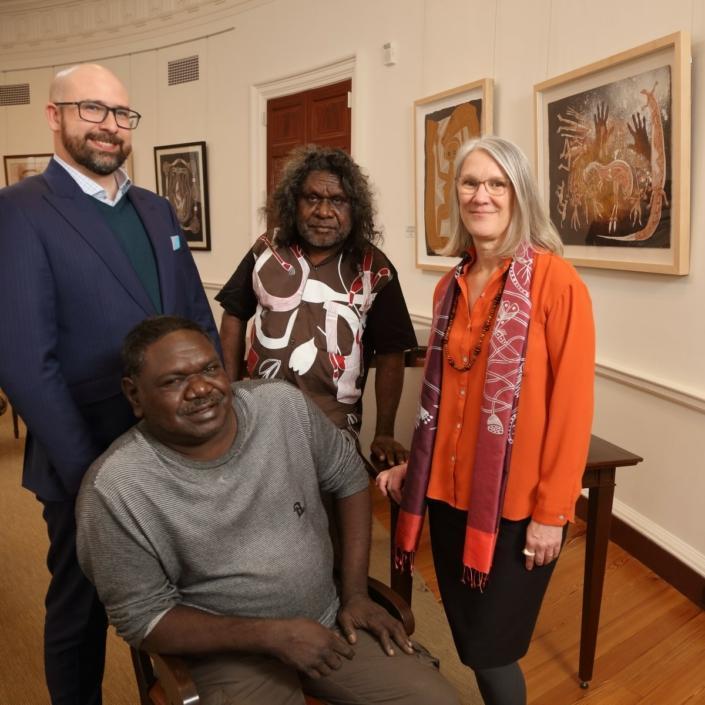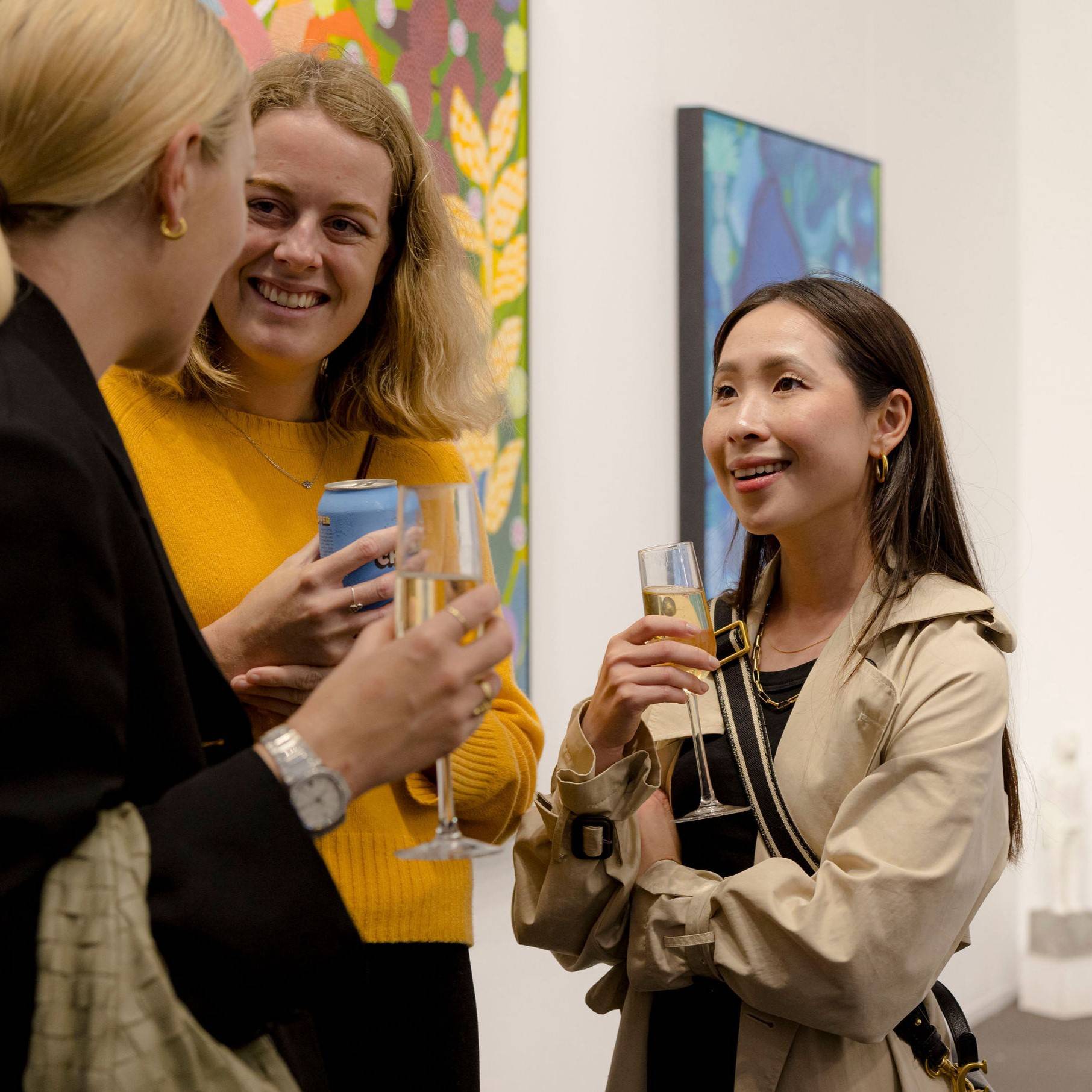Graeme and Mabie Briggs: Focused Fusion
The Graeme and Mabie Briggs Collection of Latin American Art is expansive and thought provoking, positioning work from Latin America alongside Australian greats.
Words: Duro Jovicic
Photography: Brian Doherty
When art writer Katy Hessel asked herself “can I name 20 women artists off the top of my head? Ten pre-1950?… The answer was no.” Imagine applying a similar lens to Latin American art? Even naming 20 artists from Latin America regardless of gender. The Graeme and Mabie Briggs Collection of Latin American Art answers the call on the breadth and depth of this region’s art, being one of the largest privately held collections of its kind in Australia.
Art collecting has always coursed through the veins of Graeme Briggs. In the mid-1970s he headed to Hong Kong to further his career in accountancy, with eight to ten paintings in tow by artists such as Louis Kahan and Pro Hart. Soon after, while on a work trip for two weeks, he left a window ajar in his apartment during typhoon season, unwittingly allowing in moisture that rendered most pieces riddled with water damage and mould, leaving most works beyond repair. Despite this hiccup, his collecting continued unabated. Prompted by his wife Mabie, and taking into account the absolute premium on space, Briggs started collecting artisan Japanese lacquered fountain pens. He amassed a formidable collection of more than 300 vintage pieces, all by the same manufacturer, Namiki.
The early 2000s proved fortuitous for Briggs. He had, over the years, moved to running his own business, providing wealth creation advice to some of the world’s wealthiest families, taking his business to varying locations. This bought Briggs to Latin America in 2000 and in 2004; after his first art purchase there, he has not looked back. Briggs personally knows more than half the artists represented in his collection and says “there’s the visual impact of the piece, it has to strike you. A lot of what we have is conceptual art. I like to meet the artist, to understand what is behind the artwork… we like to understand, where did this work come from? What is its background? Is it something from your history? Your past? Your family? Or some experience you have. It may well be something else they have experienced.” This offers Briggs, in simple terms, an understanding of the work and a perspective that he might not otherwise have seen, cementing an appreciation for the piece – at times acquiring it only after hearing the story behind the work.
His collection is unique in its range; within a collection of more than 400 artworks (encompassing performance, drawings, paintings, photography and other media) more than 200 Latin American artists are represented, from 14 different countries. Often, certainly pre-Covid, he and Mabie would travel extensively to galleries and art fairs and establish key relationships within Latin America, but also other countries advocating such works.
Moving back to Melbourne in the early 2000s, the pair purchased property in Red Hill in 2014 and built an expansive house with an adjacent gallery space, being a sizable 900 meters square, to showcase the work. It’s allowed them to run bespoke tours of 15 to 20 people half a dozen times a year, one of which I was party to.
This build, much like Briggs’ collecting journey, was no small feat. The gallery is integrated into the side of the house and is partly underground with concrete flooring, white ceilings and walls, and at four metres high, able to accommodate more substantial works with ease.
One such work, by Chilean artist Voluspa Jarpa Saldías, is named Litempo. Saldias’ practice is derived from the meticulous analysis of declassified archives and leaked documents of foreign interventions, primarily in Latin American countries. This installation consists of 73 wall and floor mounted laser-cut acrylic panels, mimicking declassified but heavily redacted documents relating to CIA-recruited double agents that infiltrated the Mexican government in the 1950s–60s. The piece fans across the wall and floor, seeming to almost glide across the room – beguiling and evocative despite its loaded subject matter.
When coaxed into revealing his favourite work Briggs pauses, and after some reticence, settles on the performance piece by Colombian artist Maria José Arjona. Entitled But I am the tiger, this is a 20-minute video of the longer performance piece it references, which lasts for eight hours a day, over 30 days. She transports, at a slow and repetitive pace, a piece of rubble from one place to another, exploring the ways we inhabit time and space. In front of the video of Arjona performing the act is a table exhibiting some of the rubble that was moved. It makes for meditative viewing.
Briggs certainly hasn’t let go of his enduring appreciation of Australian art, though, when tossing up between his favourite native artists his love of Fred Williams’ Winter’s Day, Botanist’s Garden just edges out the luminous piece Love (Sun) Dreaming by Clifford Possum Tjapaltjarri.
Briggs, when asked about the future intention of his collection, is considered in his response. He is also the owner of a second collection called the LARA (Latin American Roaming Art) project where between 2012 and 2018, 80 art works were made by 40 contemporary artists from thirteen Latin American countries.
His company is sponsoring artists to make the works. These pieces are now stored in Singapore. Briggs was exasperated at the time as he offered the collection for viewing in Singapore, yet was rebuffed with the common excuse being that they wanted to show only Singaporean and Southeast Asian art, despite claiming as a priority being viewed as an international arts destination. In time, Briggs intends to combine both collections and possibly look to have part of the collection lent out for the public to experience.
Briggs claims, despite the capacious gallery created for the artworks, he is still restricted by space and may have to be more judicious in his collecting. Given his remarkable collection, and his impending month-long visit to Latin America in October to view art, I find that an unlikely scenario. In any event, the next iteration of this collection will be closely watched, as it offers art-lovers access to an astonishing trove of thought provoking works that can’t help but change, for the better, our understanding of the creative possibilities and skill of artists across Latin America.
This article was originally published in Art Collector issue 105, July to September 2023.
Image: Graeme and Mabie Briggs standing with Karina Wisniewska’s The Inner Light, 2014. Courtesy: Graeme and Mabie Briggs.

